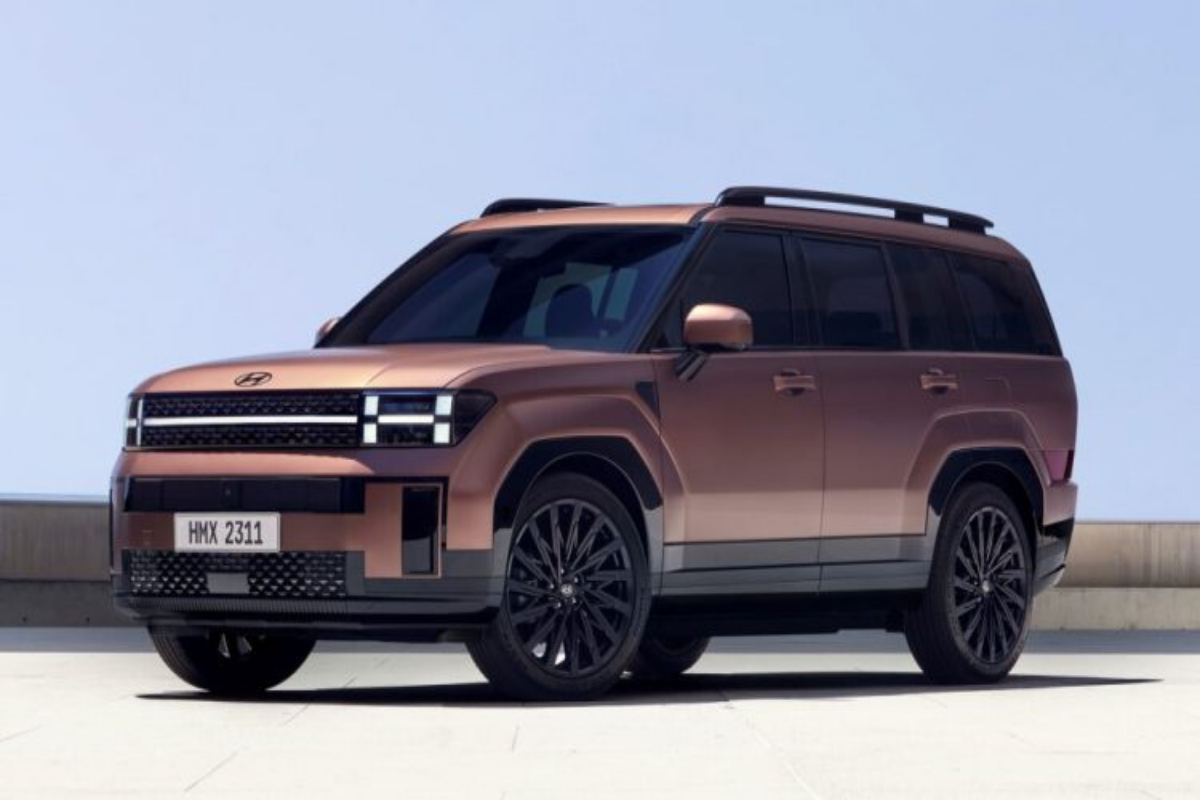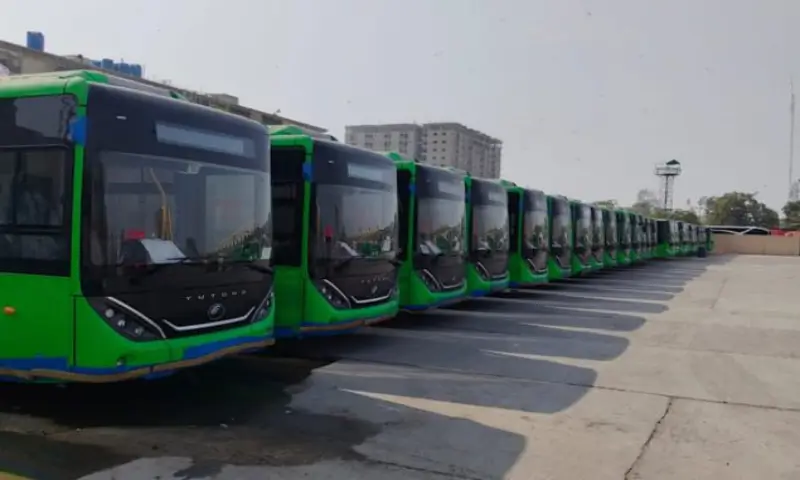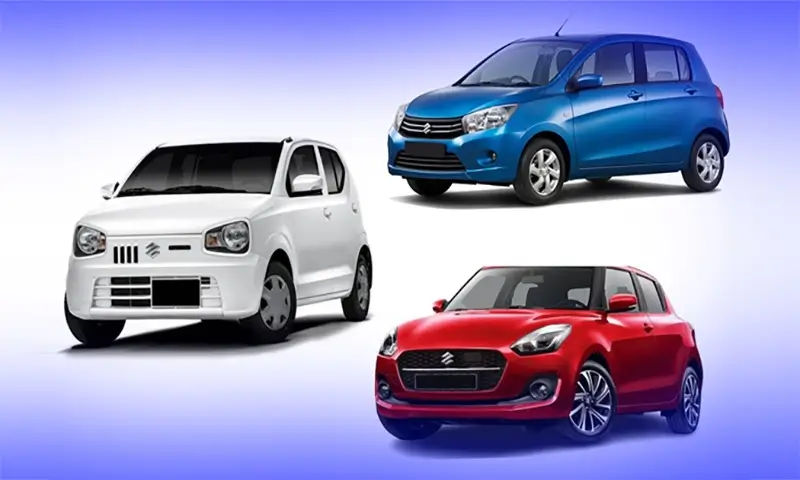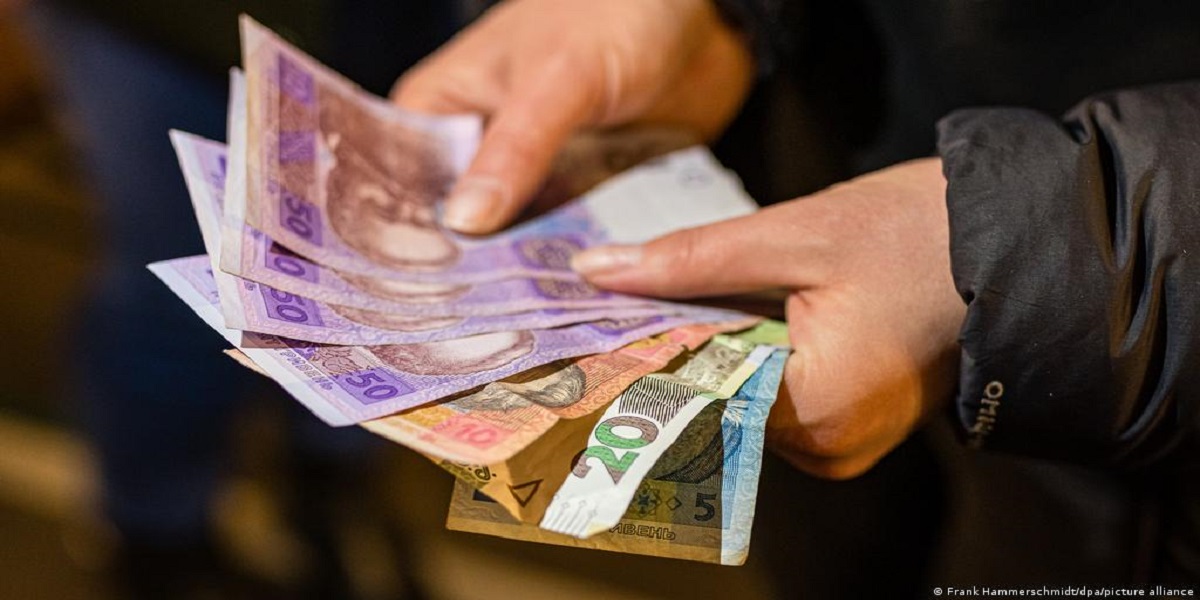- Hyundai will offer a facelift for the fourth generation Santa Fe in mid-June 2020.
- The 5th generation will use the same chassis, but we can expect upgrades such as greater length, width, and wheelbase.
- According to Hyundai, 21-inch wheels will be available on various trim levels to give the new car a sporty.
Sports and crossover utility vehicles have dominated the automobile market for nearly a decade, and it’s no surprise that a new type or model is released every few months around the world.
Three-row SUVs are likewise quite popular and have a sizable market share. Although some models are very new, several have dominated the market for decades.
Koreans are not far behind, and they have their own list of models accessible all around the world, including Pakistan.
Kia Pakistan sells a locally produced Sorento, while Hyundai Pakistan sells a CBU/imported Hyundai Santa Fe. This is to emphasise that the local Sorento is a discontinued 3rd generation vehicle.
Santa Fe is a city in New Mexico, United States, and one of Hyundai’s most prominent nameplates. The first iteration of the vehicle went into production in 2000 and has been a success for the company ever then.
In reality, the Santa Fe was Hyundai’s first sports utility vehicle, and it has sold nearly 5.3 million units worldwide since its introduction.
The Santa Fe’s first iteration was in the tiny segment, but it evolved in size over time and currently targets the mid-size area, with a 3-row -7 seat option available in addition to the normal 2-row 5-seat version, depending on the market.
The most recent 4th generation began into production in 2018 and received a significant redesign in 2020.
Spy photos of the next 5th generation’s porotype (codename MX5) have been circulating on the internet for some months. Hyundai Global unveiled the first official photographs of the next new model today.
For the time being, Hyundai has just released a brief press release and a few photographs. The entire rollout is scheduled by mid-August 2023. Let’s go through what we’ve learned so far.
Platform of Hyundai Santa Fe
The chassis/platform from the previous generation is carried over to the all-new 5th generation, however there is a catch.
The Hyundai Santa Fe is the non-identical twin of the Kia Sorento, and both models share mechanical underpinnings.
When the fourth generation Santa Fe was debuted in 2018, it shared its underlying (Y-Platform) with the third generation Sorento (the same model we have in Pakistan).
Hyundai and Kia were building a new modular platform at the time, which would serve as the foundation for many upcoming new cars for both companies.

Kia-Hyundai N-platform was created to meet all of these goals by being more robust, lighter, safer, fuel-efficient, and adaptable in supplying chassis for unibody crossovers, automobiles, and vans.
The current 8th generation Sonata was the first model to employ this new chassis in 2019, and it has since been used by all current new generation models, including the Kia K5, Kia Carnival, Hyundai Staria, Tucson, and Sportage.
Hyundai will offer a facelift for the fourth generation Santa Fe in mid-June 2020. Although the makeover offered significant exterior and internal upgrades, there was more.
Facelifts typically feature cosmetic changes and other minor enhancements, however in the case of the Santa Fe, the entire platform was replaced with N3.
This resulted in significantly improved driving dynamics, as well as increased interior space and safety. The new platform also enabled Hyundai to offer Hybrid and Plug-in Hybrid models with the facelift.
So, the 5th generation will use the same chassis, but we can expect upgrades such as greater length, width, and wheelbase, which will translate into increased interior volumes.
Although official specifications have not been revealed, Hyundai claims class-leading interior spaciousness.
It’s also worth noting that the Kia Sorento used the same N3 platform as the Santa Fe, but with the introduction of the current 4th generation model, Sorento is now more related to Santa Fe under the skin.
Exterior
In recent years, both Hyundai and Kia have used a bold design language that is out of the ordinary and non-conventional. It’s been highly subjective, but the sales figures show that it’s working.
The new 5th generation Santa Fe is no exception, as Hyundai describes it as a “Bold New Design Optimised for Effortless Outdoor Lifestyles.” The exterior is boxy and lacks any curved appearance, which is a drastic change from the previous version.
The front is more squared off with horizontal lines, and the new distinctive feature is the redesigned headlights with ‘H’ DRL (representing the brand emblem) joined by a light bar across the width. With larger and more robust proportions, the redesigned front bumper and grille make an intimidating impact.




The horizontal concept continues on the roof line and typically remains that way until the D pillar/rear end.
Ruggedness is increased by sharply designed semi-octagonal large wheel arches, flat door panels, and square rear windows.
The “H” form characteristic is carried over to the rear for the wide and massive LED taillights, which are situated quite low with a horizontal profile.
By keeping the taillights lower, the tailboard becomes wider and taller, as well as more upright and with higher load capabilities for the new model.
Hyundai describes the back as “simple but functional.” According to Hyundai, 21-inch wheels will be available on various trim levels to give the new car a sporty, adventurous, and sturdy appearance.
Overall, the bodywork is appealing and will stand out on the road, although many readers will recognize Land Rover Defender vibes.
Interior of Hyundai Santa Fe
The inside, like the exterior, is all-new, and the horizontal/vertical lines and boxy characteristics continue, as evidenced by the dashboard layout.
Hyundai will provide a brand-new curved display with a 12.3-inch full-HD driver instrument cluster that merges into a 12.3-inch infotainment screen.
The display has been lowered to improve driver sight and to provide a more open feel. Slim air vents with complete digital HVAC control piled lower with knobs for simple use.



The gear knob moves the steering column, creating more room between the front seats and two levels of storage.
Hyundai did not provide interior specification information, but we may expect high-end features and technology.
The model will be offered in two or three rows, with both row seats fully retractable for class-leading internal space. Hyundai also incorporated environmentally friendly materials in the new model; the suede headliner, mats, and seat backs are made of recycled polymers, and the door trim covers are made of eco-friendly leatherette.
Soft touch wood pattern garnish and Nappa leather seats will also be available from Hyundai. Overall, we can see some Land Rover Defender inspiration on the interior, but it looks fantastic, modern, and elegant.
Mechanicals
Hyundai did not provide any specifics, although the new model is expected to retain the powertrain lineup from the 4th generation facelift. This includes 2.5L MPI, 2.5L GDI, and 2.5L Turbo GDI engines.




The previous model’s 3.5L V6 will not be available. Hyundai will very certainly offer a 1.6L TGDI hybrid and a Plug-in Hybrid variant. In some markets, Hyundai will also offer diesel models.
A 2.5T badge can be seen in one of the official photos. This engine is offered in a variety of KIA and Hyundai models, as well as the 4th generation Santa Fe, and produces 277hp and 422nm of torque.
DCT, conventional automatic, and AWD are predicted depending on the version. Suspension, steering, braking, and general handling and driving qualities will also be improved. To learn more, we must wait for official information.
Release
The entire official unveiling is scheduled on August 18 and will be live-streamed on Hyundai’s global official YouTube channel. The vehicle will be available later this year as model year 2024, with initial production beginning in Korea and the United States.
The initial price for US buyers is estimated to be $30,000, with a fully loaded top-of-the-line edition costing close to $45,000.
Launch in Pakistan
I’m sure the next question is when we’ll get a Santa Fe and whether Hyundai Nishat will introduce it to Pakistan. For quite some time, there had been strong rumours that Hyundai Pakistan would release the Santa Fe, most likely in a hybrid form, but the 4th generation, which has already been replaced by the new one we covered here.
Hyundai Pakistan has already used the N3 platform for the Hyundai Sonata, therefore building the 5th generation Sanata FE may be easy. However, it will still be expensive on the assembly line, and because it is a brand new model, we do not expect it to be available in Pakistan very soon.
Given that the 4th generation facelift model used the same N3 chassis, it makes sense, especially given that production will cease in overseas markets and Hyundai Nishat may be able to obtain cheaper discontinued CKD kits and other related parts, as well as assembly jigs and machinery likely dismantled elsewhere.
We also have a thorough understanding of the country’s present market and economic situations. Car assemblers, like other industries, are going through difficult circumstances, and the launch of anything new is quite unlikely.
[embedpost slug=”/toyota-passo-latest-price-in-pakistan-july-2023/”]





















